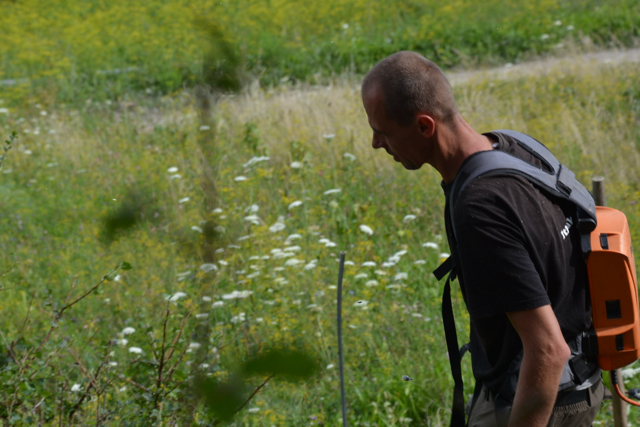We can still defend the idea that vineyards should be gardens in high biodiversity, that cows should live on extensive pastures, that vegetables and fruits grow in permaculture and that eating wild grain is most healthy; however, in such a beautiful world we are at least nine times too many bipeds on earth.
To feed the world and not to destroy the ecosystems, we may have only one choice: Produce the daily food in highly intensive closed systems like skyscrapers or in old mines under the earth, highly automized, with artificial light, optimal temperature, an optimal fertilization regime and pathogen control. Recycling all the water, all fertilizers, exchanging CO2 from industrial plants for oxygen to improve the air in urban areas, pyrolysing the plant residues, recycling the human manure to soil substrates and thus closing the nutrient cycles to avoid burdening the agronomic ecosystems.
The productivity of those optimal closed agronomic systems would be up to 10 times higher than intensive field agriculture under the open sky in a changing climate. As sun energy is sufficiently available and will be cheaper and cheaper, the cost for light, pumps, filtration, and temperature control will be highly competitive to the actual agronomic system that externalize all ecosystem costs. Outside the landscapes could be reforested to clean and purify the ground and surface waters, to recycle atmospheric carbon dioxide into the soil with organic matter, and to ultimately improve the climate. Vineyards could become natural resorts with high biodiversity; gardeners could grow supplementary natural fruits and legumes as the economics would not be measured in yield but in leisure time and quality. - Hans-Peter Schmidt


- Please write us your comment -
×